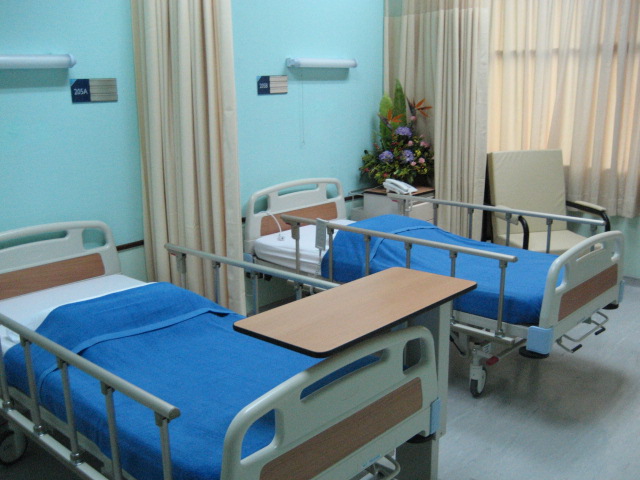In most cases of work-related injury or illness, the employer’s liability is limited by workers’ compensation, which provides the “sole remedy” in the form of payment for the worker’s treatment and lost wages. Workers’ compensation is intended to protect workers—who are guaranteed treatment—and employers. But there are cases in which workers can sue employers for damages beyond workers’ compensation, as a hospital in Paramus, New Jersey, recently learned.
 |
Could it happen to you? Keep reading to find out how the hospital found itself paying for more than just its workers’ compensation insurance premiums—and how OSHA citations against the facility impacted the case.
A Brutal Assault
Nurse Sandra Giancarlo, who had worked at Bergen Regional Medical Center in Paramus for 10 years, was working on the hospital’s mental health ward in January 2015. A patient who outweighed her by nearly 300 pounds attacked Giancarlo, tearing out her hair, scratching her face, choking her, and injuring her knee so badly that she was out of work for months.
Giancarlo’s union, Health Professionals and Allied Employees, filed a grievance on her behalf. The union presented evidence at an arbitration hearing that the hospital had violated its collective bargaining agreement with employees, in failing to adequately staff the unit where Giancarlo was working on the day she was attacked and failing to address the “known threat” of violence on the ward.
An Arbitrator’s Decision
An arbitrator ruled in favor of the union and the worker. As a result, the hospital will have to pay for Giancarlo’s medical and psychological care expenses not covered by workers’ compensation, as well as the difference between her salary at the time of the attack and her income under workers’ compensation.
OSHA’s Impact on the Case
The union had also reported working conditions at the hospital to OSHA. When it inspected the facility, OSHA discovered eight different incidents of violence against workers at the facility in a 3-month period. Employees reported that patients had barricaded workers in rooms, threatened them, and exposed them to bloodborne pathogens. Some workers reported being bit, punched, kicked, and threatened by patients. As a result, the hospital was cited for a serious violation of the general duty clause, for failing to keep the workplace “free of recognized hazards.” The hospital was also cited for a repeat recordkeeping violation.
The hospital has contested the citations, and that case is still in process. But, according to the hospital, that didn’t stop the arbitrator from relying on OSHA’s citations—which the hospital characterized as “unproven allegations”—in determining that the facility had violated its union contract and failed to provide a safe work environment.
Could You Be Liable?
As this case demonstrates, the workers’ compensation “sole remedy” provision is not airtight. Workers who are harmed can sometimes find legal means to obtain additional compensation, as Giancarlo did. When it comes to worker health and safety, it is increasingly true that the best defense is a good offense—in other words, dealing with health and safety issues in the workplace before a worker is injured and finds a way to sue.
Need more advice on a good health and safety offense? Safety.BLR.com® will help you bring your “A” game.
